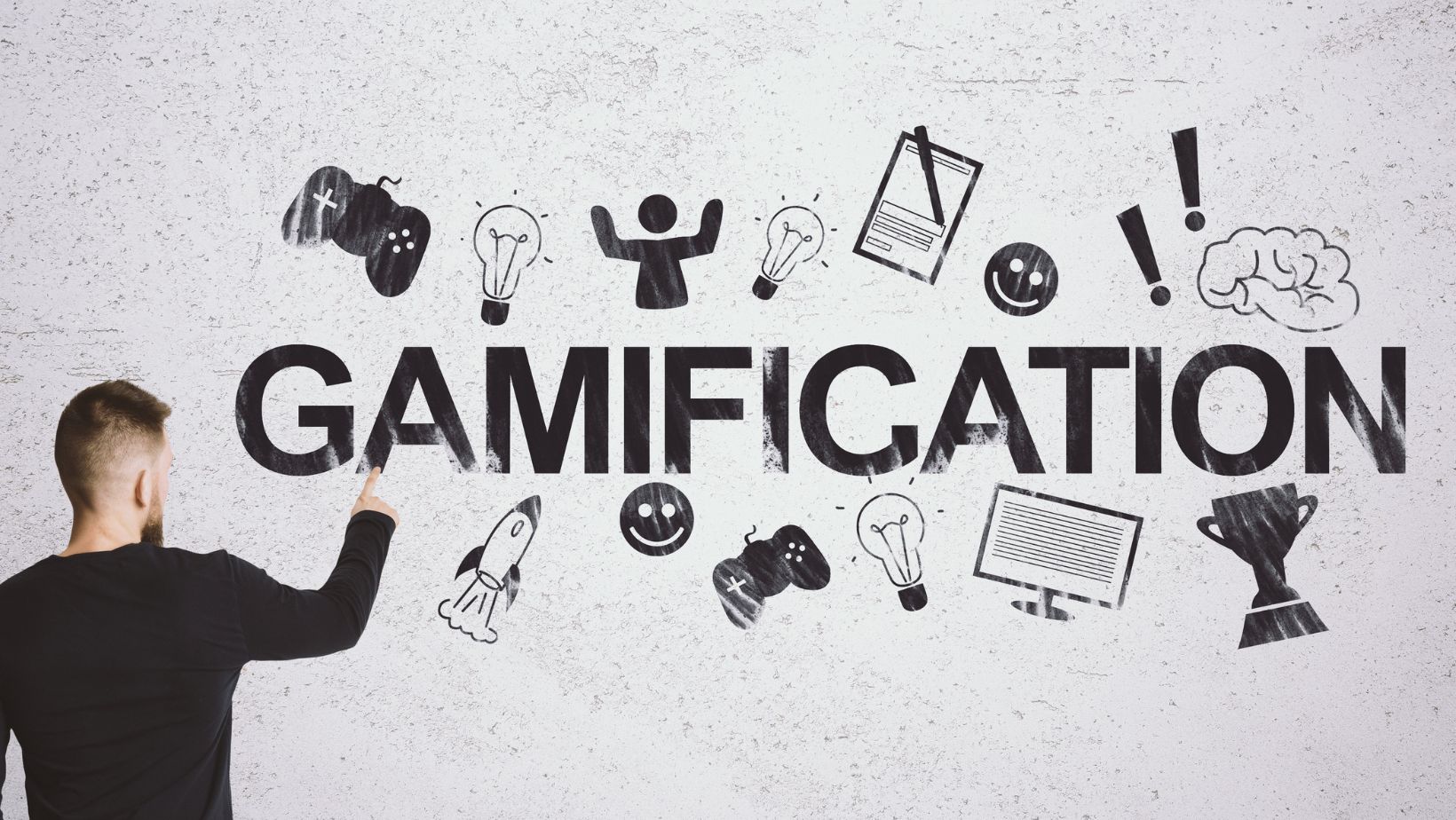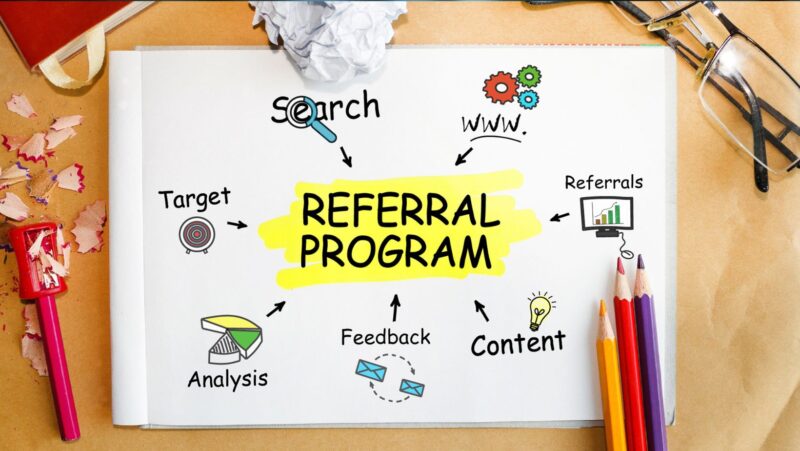
In the relentless battle for consumer attention, traditional marketing tactics are increasingly facing an uphill climb. Today’s digitally native audiences are bombarded with information, making it harder than ever for brands to cut through the noise and forge meaningful connections. Enter gamified marketing, an increasingly popular strategy that leverages game-like elements and psychological principles to captivate users, foster engagement, and ultimately drive desired behaviors. This unexpected rise of incorporating fun and interactive mechanics into marketing campaigns is proving to be a powerful tool for brands looking to truly level up engagement.
The Core of Gamified Marketing
At its core, gamified marketing involves integrating elements such as points, badges, leaderboards, challenges, progress bars, and virtual rewards into non-game contexts. The underlying principle is to tap into our intrinsic human desires for achievement, competition, collaboration, and a sense of progress. By making interactions more interactive and rewarding, brands can transform passive consumers into active participants, fostering a deeper connection and encouraging repeat engagement.
Psychological Drivers of Engagement
The effectiveness of gamified marketing stems from several key psychological drivers. The “endowed progress effect,” for instance, suggests that people are more motivated to complete a task if they perceive they have already made some initial progress. Progress bars and visual representations of advancement effectively leverage this principle. Similarly, the allure of social comparison and the desire to climb a leaderboard can fuel competitive spirit and encourage continued participation. Badges and virtual rewards provide a sense of accomplishment and recognition, further reinforcing positive behaviors.
Diverse Applications Across Industries
The applications of gamified marketing are vast and span across diverse industries. E-commerce businesses might award points for purchases, which can then be redeemed for discounts, fostering customer loyalty.

Educational platforms can use gamified quizzes and leaderboards to make learning more engaging and competitive. Health and wellness apps often incorporate challenges and virtual rewards to motivate users to achieve their fitness goals. Even enterprise software is increasingly integrating gamified elements to boost employee productivity and collaboration.
Lessons from the Gaming World
The broader gaming industry excels at user engagement through interactive mechanics. Successful games use rewards like points and achievements, progression systems, and competitive leaderboards to captivate players. These principles of incentivizing interaction, fostering progression, and introducing competition effectively capture and retain attention in digital environments.
For example, the online casino sector, a part of the gaming world, has particularly refined these strategies. Many platforms use tiered loyalty programs, points for activity, and regular challenges with bonuses. Leaderboards and progress bars are common. While the user motivation differs from traditional games, the engagement techniques are similar to those in gamified marketing. Online casinos illustrate how effectively game mechanics can capture and maintain user interest digitally.
Transforming Mundane Interactions
The beauty of gamified marketing lies in its ability to transform mundane tasks into enjoyable experiences.

Filling out a profile becomes a quest for a badge, providing feedback turns into an opportunity to earn points, and sharing content becomes a way to climb the social leaderboard. This subtle shift in perception can significantly increase user participation and create a more positive association with the brand.
The Importance of Strategic Implementation
However, successful gamified marketing requires careful planning and execution. Simply slapping on a few badges is unlikely to yield significant results. A well-designed strategy aligns the game mechanics with the brand’s objectives and the target audience’s motivations. The rewards must be meaningful and attainable, the challenges engaging but not overly frustrating, and the overall experience seamless and intuitive. Poorly implemented gamification can feel forced or even manipulative, leading to user disengagement and negative brand perception.
The Future of Engagement
The rise of gamified marketing reflects a fundamental shift in how brands interact with their audiences in the digital age. It moves beyond passive consumption towards active participation, fostering a sense of ownership and investment. By tapping into the inherent human desire for play and achievement, brands are discovering a powerful new way to level up engagement, build stronger relationships, and ultimately achieve their marketing goals. As technology continues to evolve, we can expect to see even more innovative and sophisticated applications of gamified marketing transforming the way brands connect with their customers.



